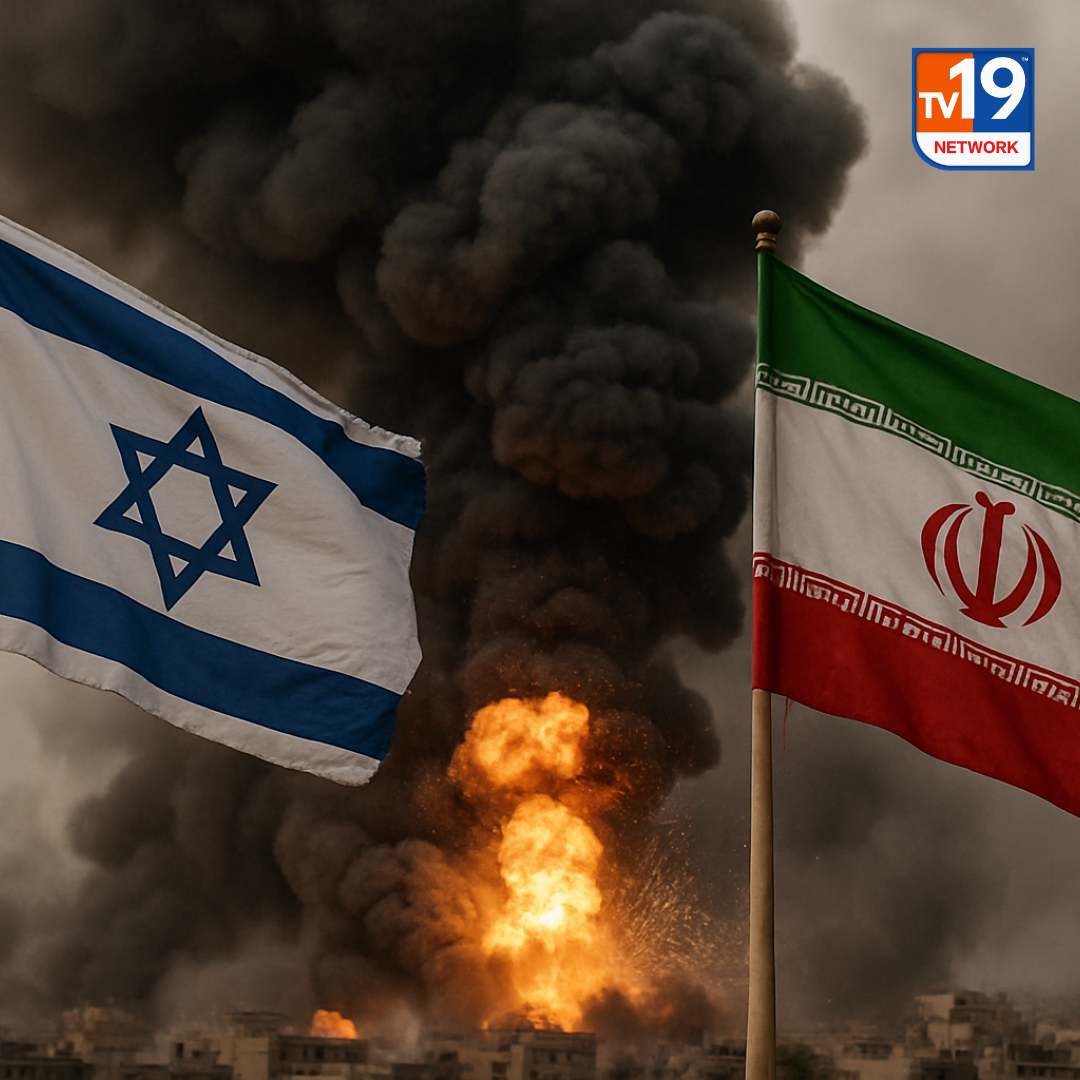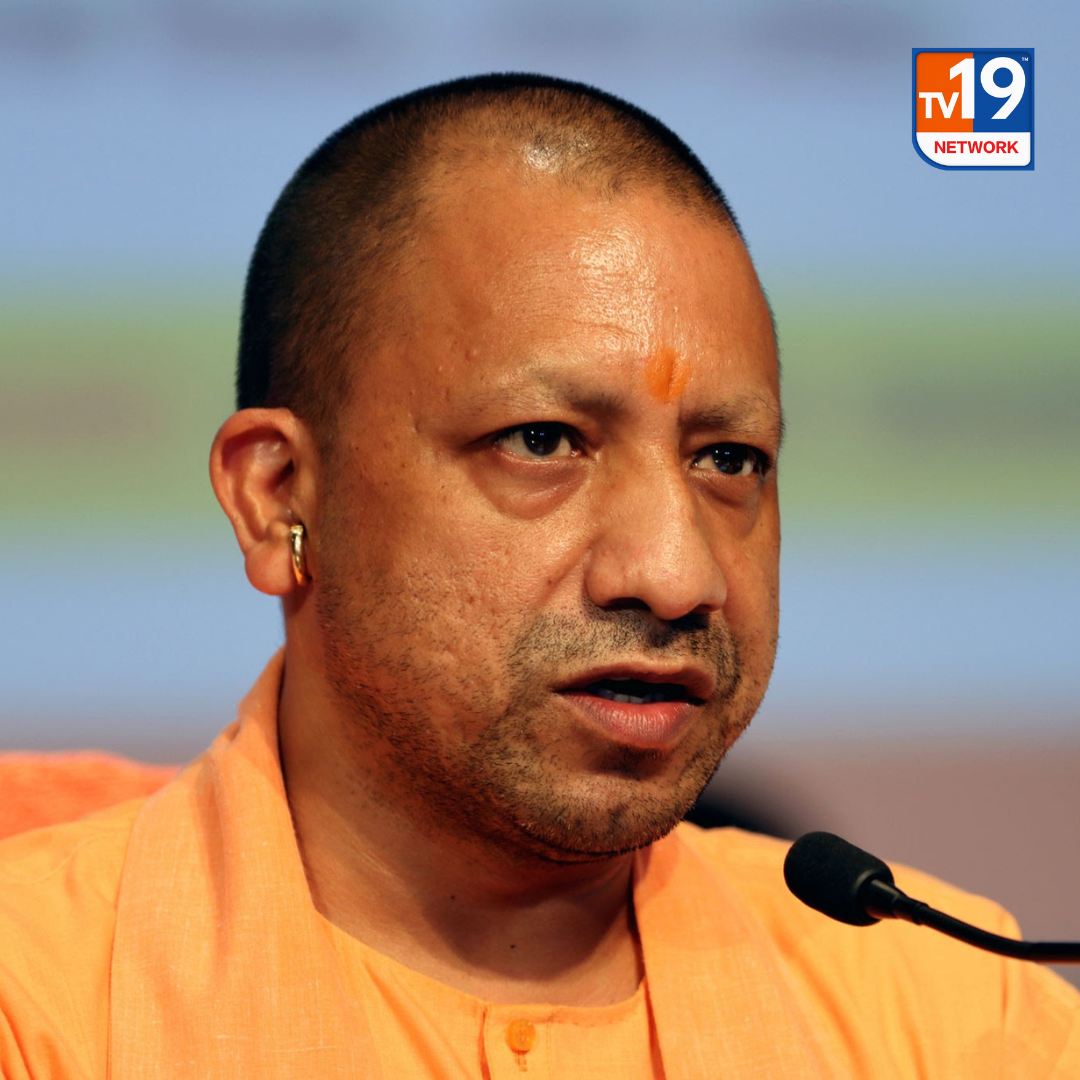The Vanishing Glory of Yamuna: A River Trapped in Political Promises
Delhi - In the heart of India's capital, the Yamuna River stands as a stark testament to unfulfilled promises and escalating environmental crises. Despite ambitious declarations by political leaders, including a vow to cleanse the river by 2025, its condition has deteriorated alarmingly.
Reports reveal that the pollution load in the Yamuna has doubled since 2014, with the 22-kilometer stretch between Wazirabad and Okhla contributing to approximately 75% of the contamination. This surge in pollution is primarily due to untreated wastewater from unauthorized colonies and inadequate sewage treatment facilities. Several major projects meant to tackle this issue have been significantly delayed. The construction of a new 124 million gallons per day (MGD) sewage treatment plant in Okhla, for instance, has been postponed by nine months and is now expected to be completed next year.
The river's plight is not just an environmental concern but a public health emergency. In recent months, toxic white froth has covered the Yamuna, a hazardous mix of industrial effluents and sewage. This poses severe health risks, including respiratory issues and skin irritations, for the millions who rely on the river for daily needs.
The government’s six-point action plan, introduced to rejuvenate the Yamuna, appears increasingly inadequate in the face of bureaucratic inertia and infrastructural shortcomings. As deadlines loom and pollution levels soar, the river’s degradation continues, highlighting the widening gap between political promises and real action.





